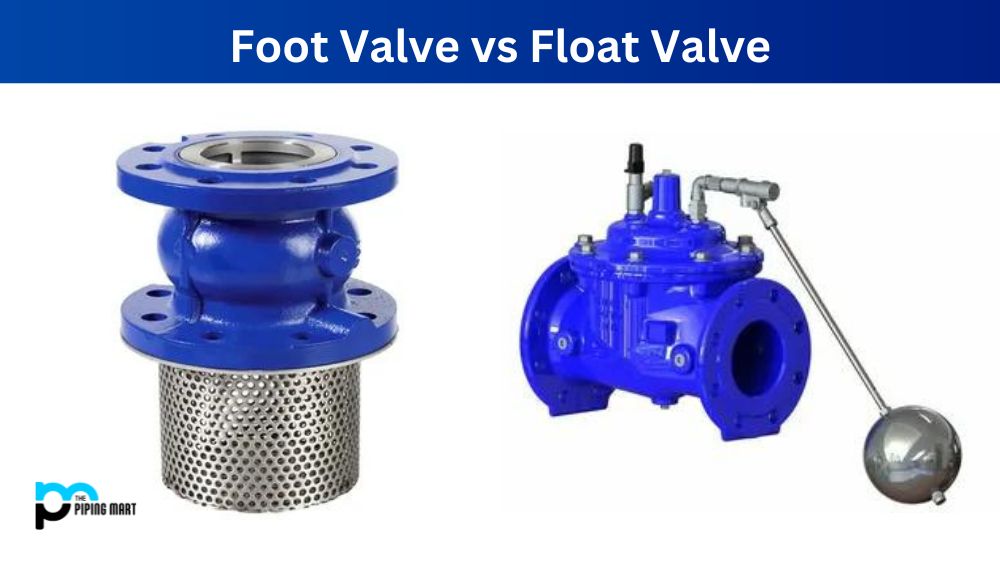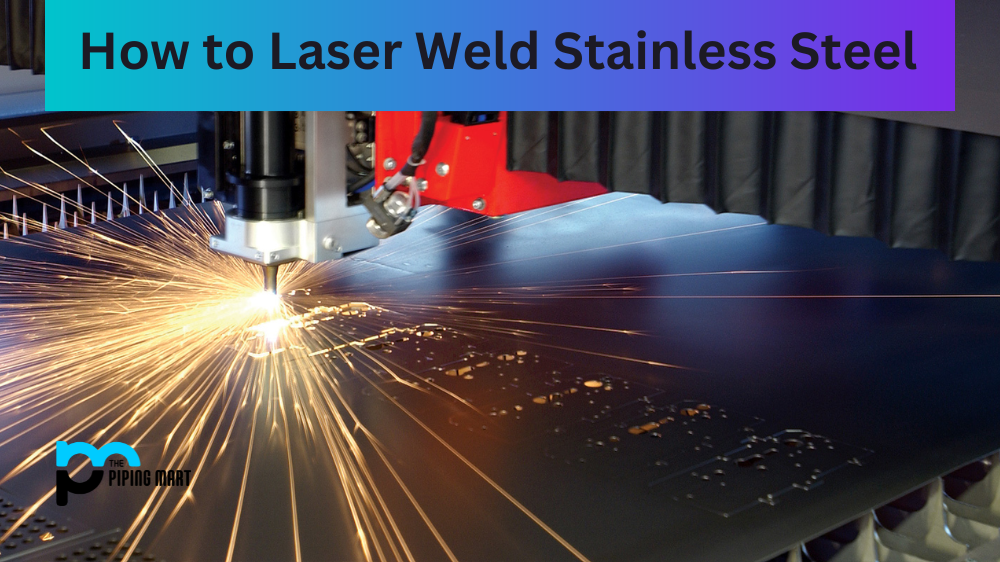What kind of material is UNS S32205?
UNS S32205 is a two-phase, ferritic, austenitic stainless steel alloyed with chromium of 22%, molybdenum of 3%, and nickel of 5% to 6%. It is the most popular grade of duplex stainless steel and has a yield strength that is twice as high as that of austenitic stainless steel standard grades. It has an excellent performance in the majority of caustic environments, high resistance to pitting and crevice corrosion, and good weldability.
The application under S32205 are:
- fiber mills
- Food preparation
- piping for gas and oil.
- chemical processing
What kind of material is UNS S31803?
UNS S31803 is a ferritic-austenitic duplex grade. When annealed, this alloy contains approximately 40–50 percent ferrite. The duplex microstructure has a high strength of ferritic grades while retaining the austenitic grades’ corrosion resistance.
The application under S31803 are:
- Filters for flue gas
- Chemical storage containers
- Thermal exchangers
- Components of acetic acid distillation
A major difference between S31803 and S32205:
UNS S31803 and S32205 are alloying with more similarities than differences. For starters, they are both stainless steel with similar elemental compositions. UNS S31803 and S32205 are both members of the duplex 2205 family, which means they are nearly equal parts austenite and ferrite.
The minimum requirements for chromium, molybdenum, and nitrogen are slightly higher in S32205, but it still falls within the S31803 chemical composition range. To address the potential loss of corrosion resistance and toughness in the heat-affected zone (HAZ) of some S31803 welds, this grade was created. As a result, the S32205 grade is advised for users to specify. The user should demand that the chemical composition of all S31803 grades also meet the composition requirements of S32205 grades if the use of S31803 is necessary, which can occasionally be the case due to this grade’s inclusion in the ASME standard. This will help to maintain a consistent performance.
Both S32205 and S31803 have high strength and exceptional impact toughness in addition to stress corrosion resistance qualities. superior to 316L or 317L austenitic stainless steel in almost all corrosive media for pitting and crevice corrosion resistance. Additionally, it has higher thermal conductivity and lower thermal expansion than austenitic, as well as high corrosion and erosion fatigue properties.
They have high thermal strength in the 950–1150*c range, which is comparable to type 430. However, below 900°C, it shows a significant increase in strength. Cold workability should be approached with caution because proof stress is high and elongation is low when compared to type 304.

Pipingmart is B2B portal specializes in industrial, metal and piping products. Also, share latest information and news related to products, materials and different types grades to help business dealing in this industry.




